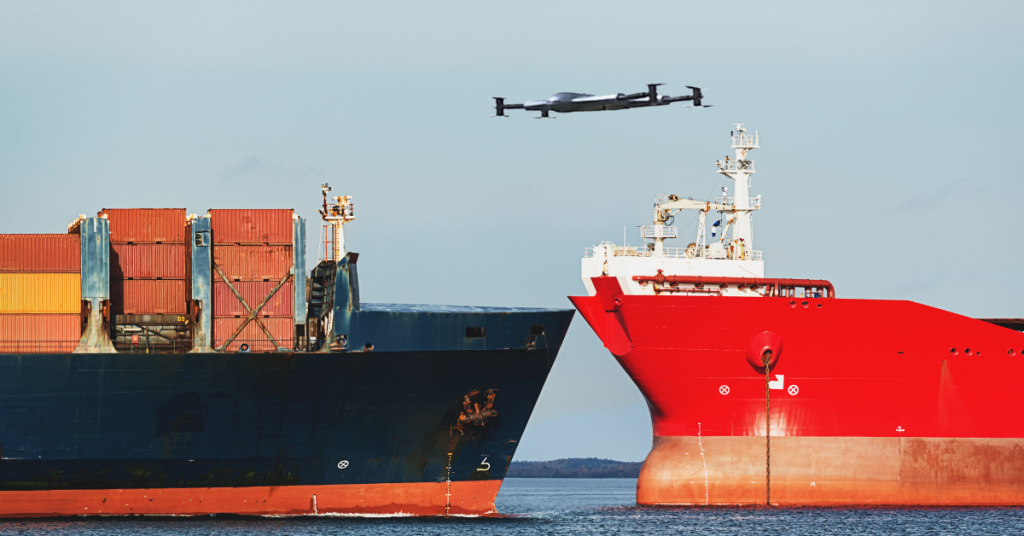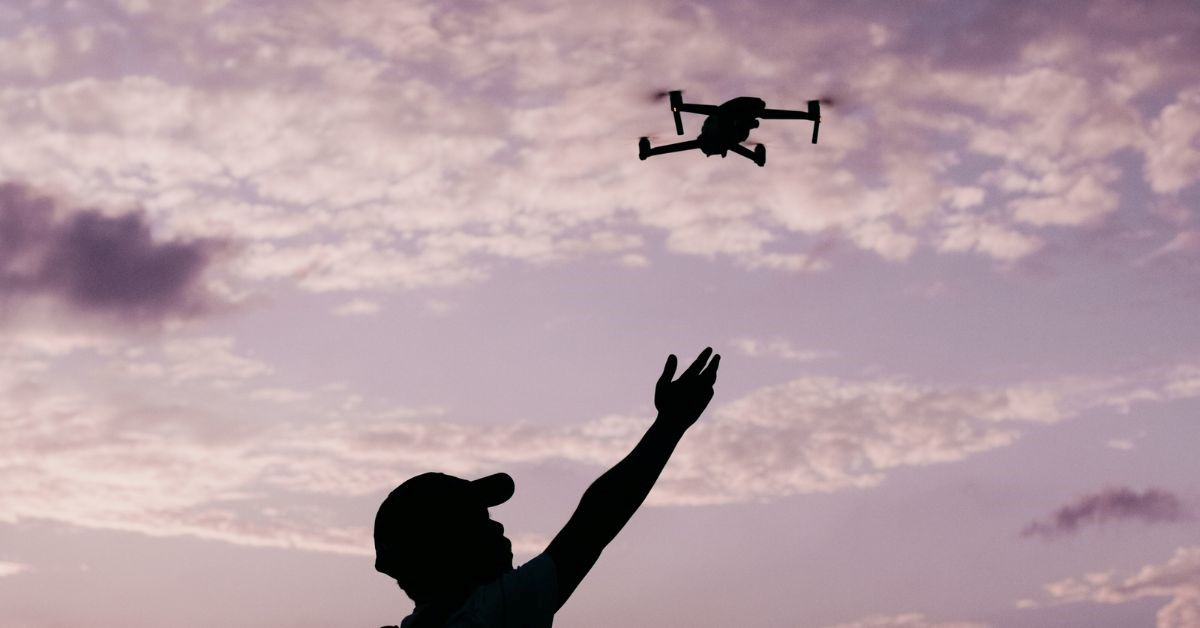5 Qualities of Drones with Obstacle and Collision Avoidance

When flying drones, there is always a risk of damage caused by collision. Everyone, from military operators to amateur enthusiasts, needs to fly carefully to avoid this since drones tend to be lightweight and fragile. To avoid damage, drones with obstacle avoidance also have different methods to prevent accidental collisions. These range from open-source drone collision avoidance software to onboard cameras and sensors.
This article will take a quick look at different qualities that let drones with obstacle avoidance. They work differently and have advantages that make specific units better than others. Additionally, we’ll also take a look at how operator’s drone pilot at long distances.
How drones with obstacle avoidance Work in Military-Grade
For military industry, drone that avoid obstacles is one of many built-in safety features. They can scan their surroundings in real-time using drone obstacle avoidance algorithm software and special sensors. To utilize collision avoidance, drone with avoidance is first need an accurate picture of their position relative to the obstacles. These vary for both indoor and outdoor drones. Outdoor drones can rely more on GPS signals, which can be limited for indoor drones. The latter is more likely to rely on high-resolution sensors with fast refresh rates to give accurate positioning data.
5 Qualities of Drones for Obstacle and Collision Avoidance
Drones with obstacle avoidance combines different technologies to help keep the drone airborne. You’ll be able to find them in the best drone with obstacle avoidance 2022 has to offer and more. Here are five qualities drones with obstacle avoidance when it comes to obstacle and collision avoidance:
1. Simultaneous Localization and Mapping (SLAM Drones)
Drones with obstacle avoidance sensors aren’t the only things that allow military-grade drones to detect and avoid obstacles. Sensors gather data which can then be processed through simultaneous localization and mapping (SLAM).SLAM works by first building a map of the surrounding area, then using and refining it as the drone navigates. Drones that avoid obstacles also need to take measurements while moving constantly.
2. Avoidance Algorithms
Military-grade drones also use unique algorithms to predict their safest flight path. The algorithm is a series of formulas drones use to solve detection problems. However, this also means that the drone’s sensors depend on the algorithm. As a result, any bugs or poorly written code make it especially prone to crashes or flight errors.
3. Autonomous drone obstacle avoidance Sensors
Drone collision avoidance sensors aren’t simply one specific type of sensor. Instead, drones take advantage of different types of sensors to get as much reliable and accurate information as possible.
Here are the different types of obstacle avoidance sensors drones use:
- Stereo vision: Stereo vision sensors function like 3D sensing in the human eye. These sensors depend on the number of identifiable corresponding pixels.
- Infrared: drones with obstacle avoidance can also utilize infrared reflection to detect drone obstacles. Onboard receivers pick up reflected infrared light and process it as data to map the surrounding environment.
- Time-of-flight sensors: Time-of-flight sensors are comprised of other sensors that include the lens, the interface, and the light source. Because it can capture intense information, it has a higher frame rate than other methods.
- Ultrasonic sensors: Ultrasonic sensors utilize high-frequency sounds to detect obstacles. The sensors monitor the time it takes for the sound to bounce back and use it to map out its surroundings.
4. Sensor Data Fusion
Sensor fusion is a method that utilizes various drones with obstacle avoidance sensors in one platform. It can provide more accurate data than a single type of sensor or different sensors working separately. Sensor fusion is also known as multi-sensory data fusion. By combining different sensors, the onboard software can send feedback to the controller for processing.
5. Flight Controller
The flight controller receives obstacle avoidance data from sensors after scanning and mapping. Flight controllers utilize collision avoidance algorithms and interpret the data to fly the drone. Their instructions extend to increasing or decreasing elevation and stopping or hovering.
How are Military-Grade Drones Controlled at Long Distances?
Different types of military-grade drones are controlled differently. For example, pilots operating fixed-wing drones rely on satellites for navigation once the drone leaves the line of sight. Before that, pilots control landings and takeoffs locally. Meanwhile, quad-rotor or quadcopter drones can be operated using a remote controller or a pre-programmed flight plan. The cheapest drone with obstacle avoidance capabilities can include both options.
There are a few ways that military-grade drones can be controlled during long-distance flights:
- Remote control: drones with obstacle avoidance can send video footage to their respective remote controllers using radio signals. These signals can weaken over distance, limiting certain drones to a specific range.
- GPS systems: While military-grade drones can operate without GPS systems, these are often used for positioning over large distances. Data is relayed across communications and GPS satellites in real-time to ensure accuracy.
- Pre-programmed flight: drones with obstacle avoidance can carry out pre-programmed flight routes depending on available maps and data. Both are essential in how to make obstacle avoidance drone software ready for flight testing.
How are Military-Grade Drones Used?
In military and defense, drones that avoid obstacles are used for surveillance and mapping to counterterrorism operations. Outside of drone with camera for aerial photography and videography, there are many applications for military-grade drones with drone obstacle avoidance algorithm software.
These applications include the following:
- Architecture and construction: Construction and architecture firms rely on drones for faster surveying and mapping. Additionally, drones can also navigate otherwise inaccessible for safer inspection.
- Power line inspection: Drones can reach power lines and pylons that would be dangerous for linemen to inspect. With customizable attachments like robotic arms, they can also perform emergency response repaired.
- Environmental monitoring: Drone technology has dramatically increased ecological conservation efforts worldwide. Pre-programmable flight routes allow for automated patrols and data collection.
- Delivery services: Commercial drones are also seeing more use in making deliveries. While shorter flight times limit their operation, drone collision avoidance sensors can help prevent accidents and optimize flight time.
The Bottom Line
Military-grade drones are sophisticated equipment, but they are still prone to accidental collisions that result in damage. To avoid damage, drones have different built-in ways to prevent accidental collisions. Obstacle avoidance is a system combining different technologies to help keep the drone airborne. While relatively new, it provides drones with more flexibility, making them all the more essential.
Contact Us
Thank you for your message. It has been sent.
Latest Posts
Social Profiles















